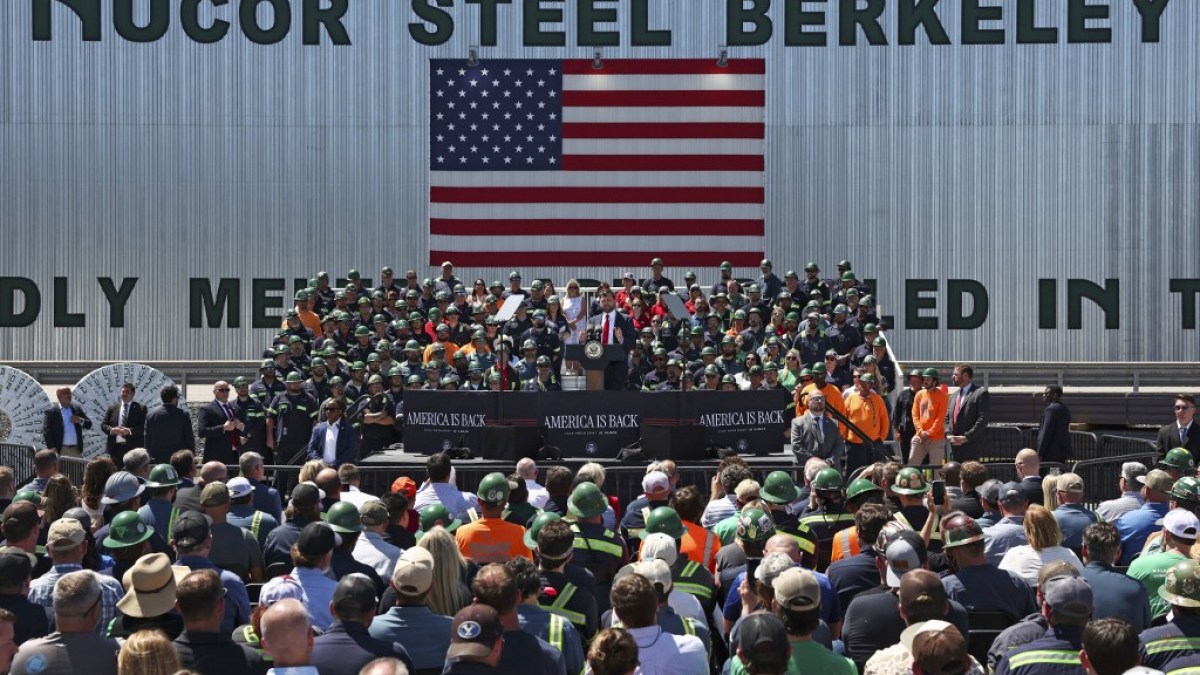The new rates, which went into effect early on Wednesday, increase duties from 25% to 50%. Trump claims that the measure is intended to support the US metals industry, which is in decline.
We initially planned at age 25, but realized that it was important, but more assistance was required as we continued to study the data. At a Tuesday event for the steel industry in Washington, White House economic adviser Kevin Hassett explained that the 50-percent tariff will start tomorrow.
The United Kingdom, which has a 90-day pause on broader tariffs, has reached a provisional trade agreement with the United Kingdom, which is excluded from the executive order.
Up until at least July 9, British exports will be subject to a 25% rate.
Allies seek exceptions.
Two of the US’s closest economic allies and the biggest steel suppliers, Canada and Mexico, are expected to suffer a lot from the increase. According to Census Bureau data, Canada exports more aluminum to the US than the nation’s top ten neighbors combined. Importation accounts for almost half of the US’s aluminum consumption.
The office of Canada’s prime minister, Mark Carney, confirmed that “intensive and active negotiations” were taking place to remove the tariffs.
The imbalance in the two countries’ steel trade was highlighted by Mexico’s Economy Minister Marcelo Ebrard, who criticized the decision as unreasonable.
He claimed that Mexico would request an exemption and that it makes no sense for the US to impose a tariff on a product with a surplus.
The European Union criticized the decision, saying it “strongly regrets” it and that it may take retaliation, accusing Washington of thwarting attempts at a settlement.
The US will bear the brunt of the effects, according to OECD chief economist Alvaro Pereira, who previously told the AFP news agency. The tariffs have already slowed global trade, investment, and consumption.
Source: Aljazeera

Leave a Reply